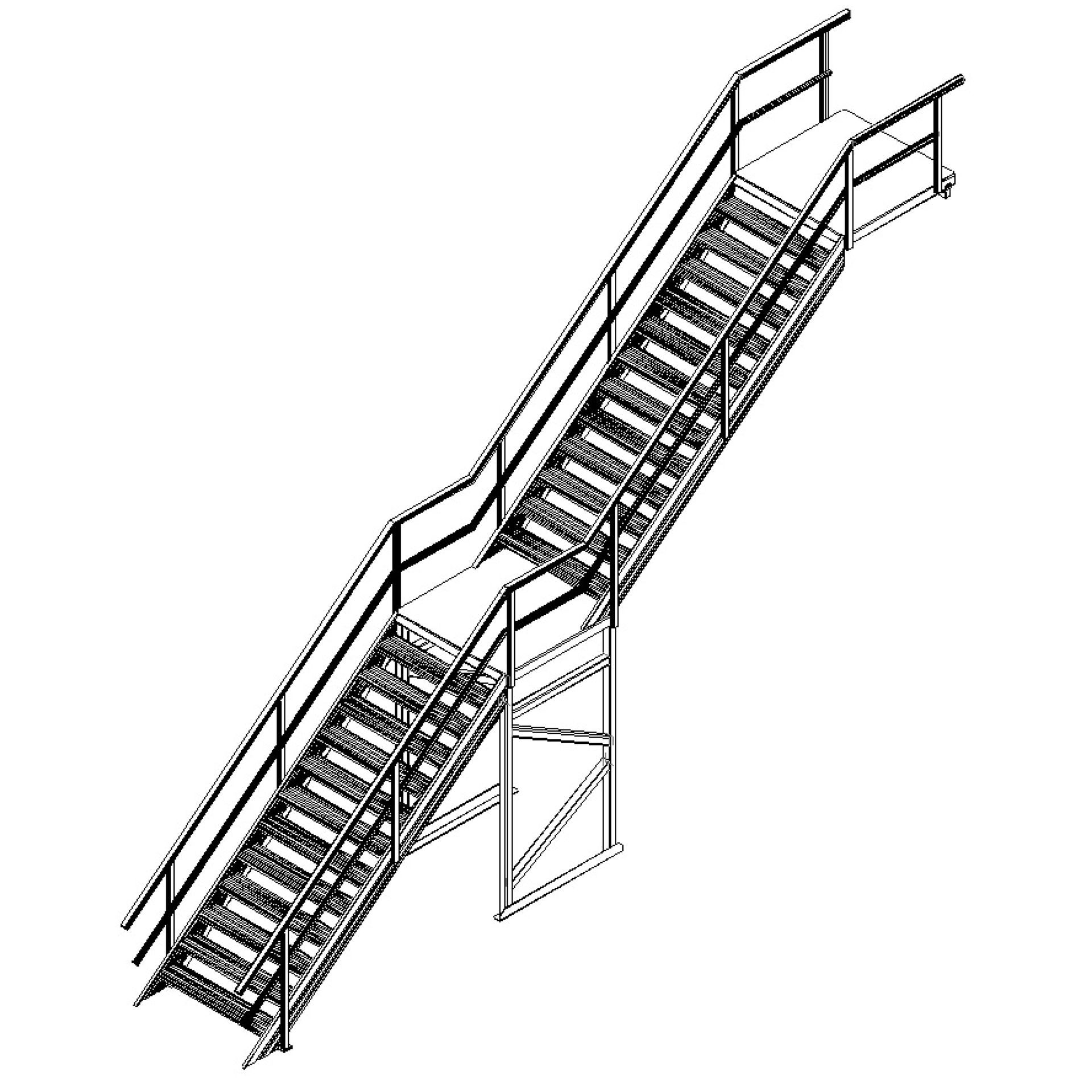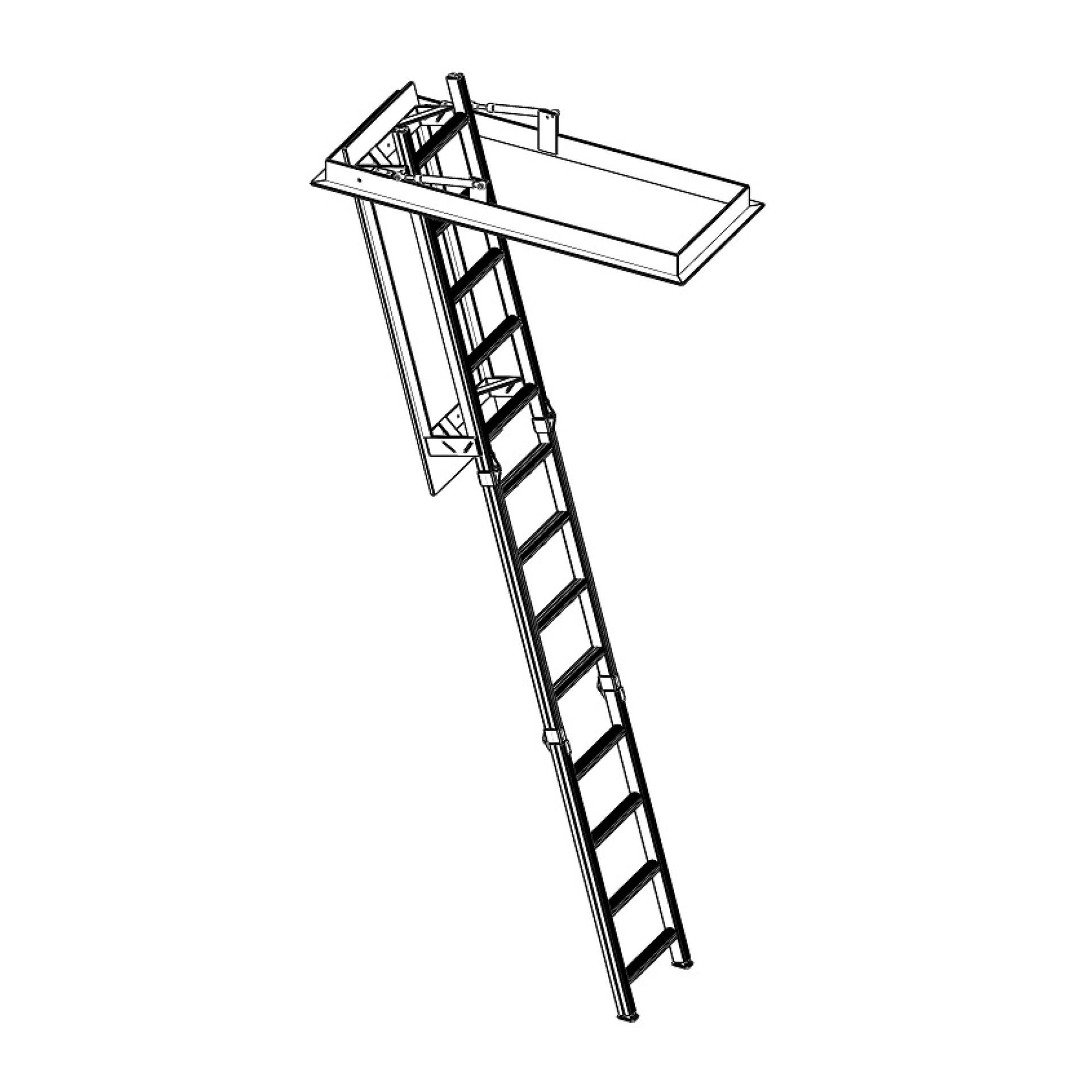Mezzanine Access Systems
Safe, Practical Solutions for Elevated Workspaces
Mezzanine access systems provide secure, compliant ways to move between elevated platforms, work zones, and storage areas in industrial and commercial buildings.
A well-designed system reduces fall risks, supports compliance, and keeps daily operations efficient.
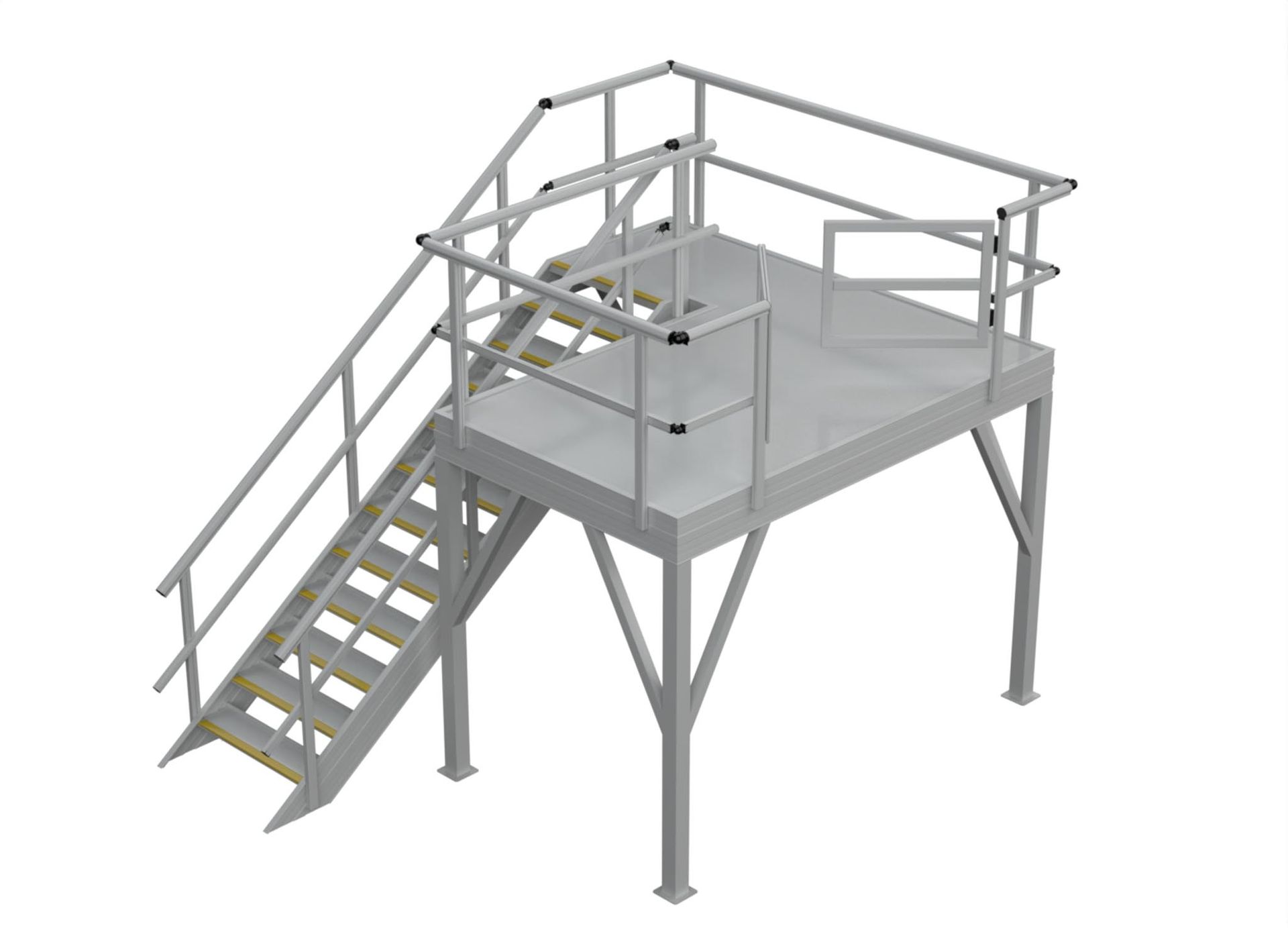
Mezzanine Staircases and Platforms
Safe, Compliant Access Between Levels
Access to mezzanine levels must be durable, practical, and fully compliant with Australian safety standards.
Whether in warehouses, manufacturing facilities, or plant rooms, mezzanine staircases and industrial staircases provide reliable movement between levels while enhancing workflow and improving operational safety.
Proper design doesn’t just protect workers - it ensures compliance with necessary standards and regulations, such as AS 1657:2018 and WHS regulations, reducing risks and long-term costs.
Structural Access Solutions
Mezzanine Access Systems Engineered for Work Safety and Efficiency
Every facility is different, so access must adapt to different heights, layouts, and space restrictions.
Fixed stairs, modular platforms, and elevated walkways provide safe, slip-resistant pathways that support both routine operations and emergency egress.
How do you choose the right mezzanine access solution for your site?
The best system depends on your space, frequency of use, and compliance requirements.
Choose access solutions, which will:
- Provide slip-resistant, guarded access to raised platforms
- Meet stair width, tread, and riser requirements per AS 1657:2018
- Integrate guardrails, handrails, and mid-rails for full fall protection
- Fit compact or retrofit applications where space is tight
- Handle high traffic and structural load spread with durable, industrial-grade aluminium systems
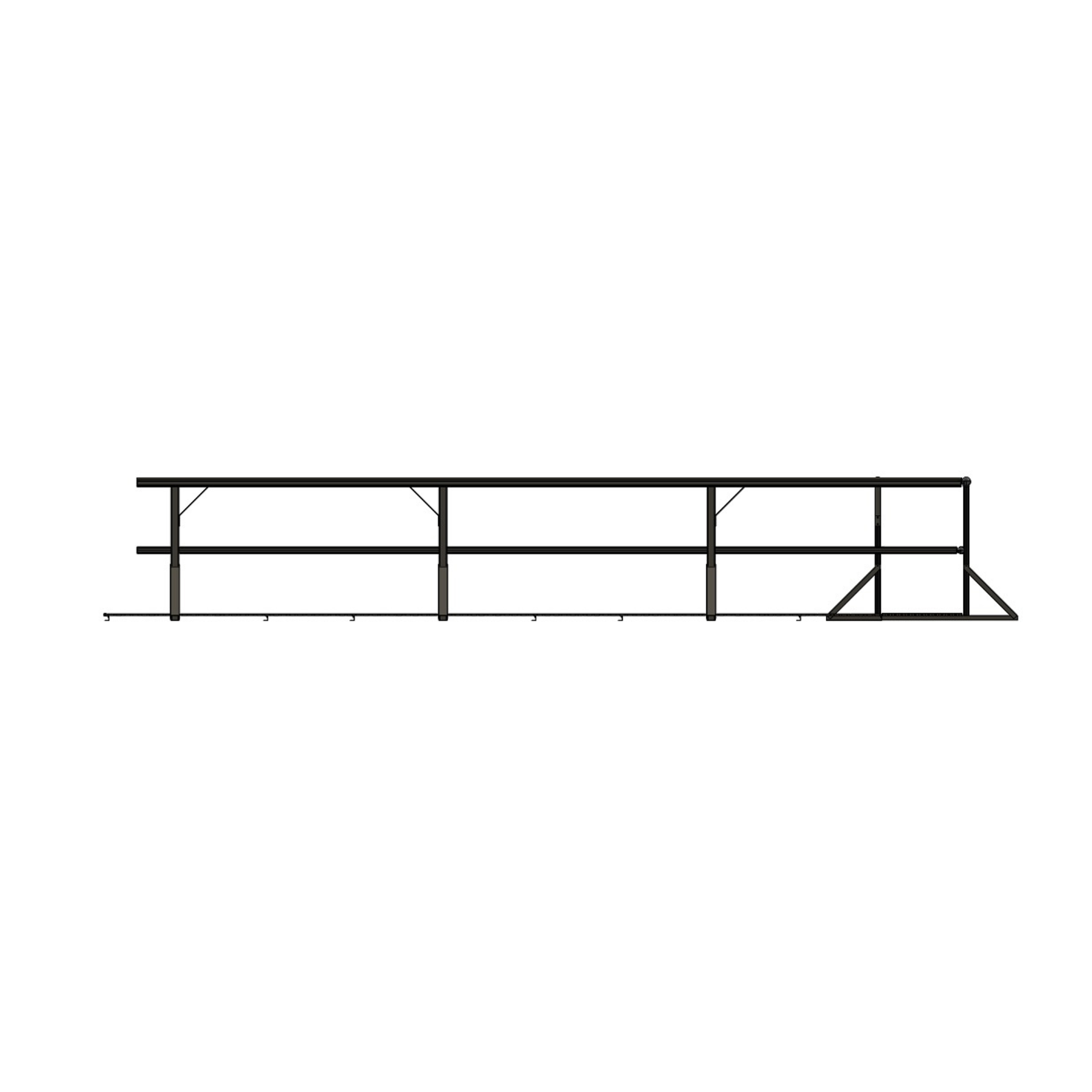
Design Considerations for Mezzanine Access
When planning mezzanine and cleanroom access in your building desin, consider:
- Clearances around racking, walls, and plant
- Guardrails and handrails on all exposed edges
- Loading points, with swing gates or access barriers
- Emergency egress and multiple clear access routes
- Fall protection where workers can move between levels or near drop-offs
Designing access early avoids retrofitting costs and ensures maintenance teams can operate safely for years to come.
Common Applications
Mezzanine access systems are widely used in:
- Warehousing and logistics centres
- Manufacturing and assembly facilities height safety
- Industrial plant rooms and service areas
- Food and pharmaceutical production sites
- Chemical and mechanical storage platforms for safe work solutions
- Cleanroom and workshop environments access
Safe and Efficient Mezzanine Access Stair Systems
Proper access to mezzanine levels is essential for safe movement of personnel, equipment, and materials during maintenance or daily operations.
Well-designed systems, mezzanine staircases, or industrial staircases reduce fall risks, support compliance, and improve efficiency in industrial and commercial environments.
Access Solutions for Mezzanine Areas MAY Include:
- Fixed aluminium stairs for safe, regular access to mezzanine floors
- Gantries and walkways for secure movement between elevated zones
- Step-over units for navigating over low barriers, pipes, or obstructions
- Guardrails and edge protection to prevent falls
- Modular platforms to extend or adapt access routes as needed
- Viewing safety platforms
All components are built from lightweight, corrosion-resistant aluminium - ensuring long-term durability, low maintenance, and easy integration into existing structures.
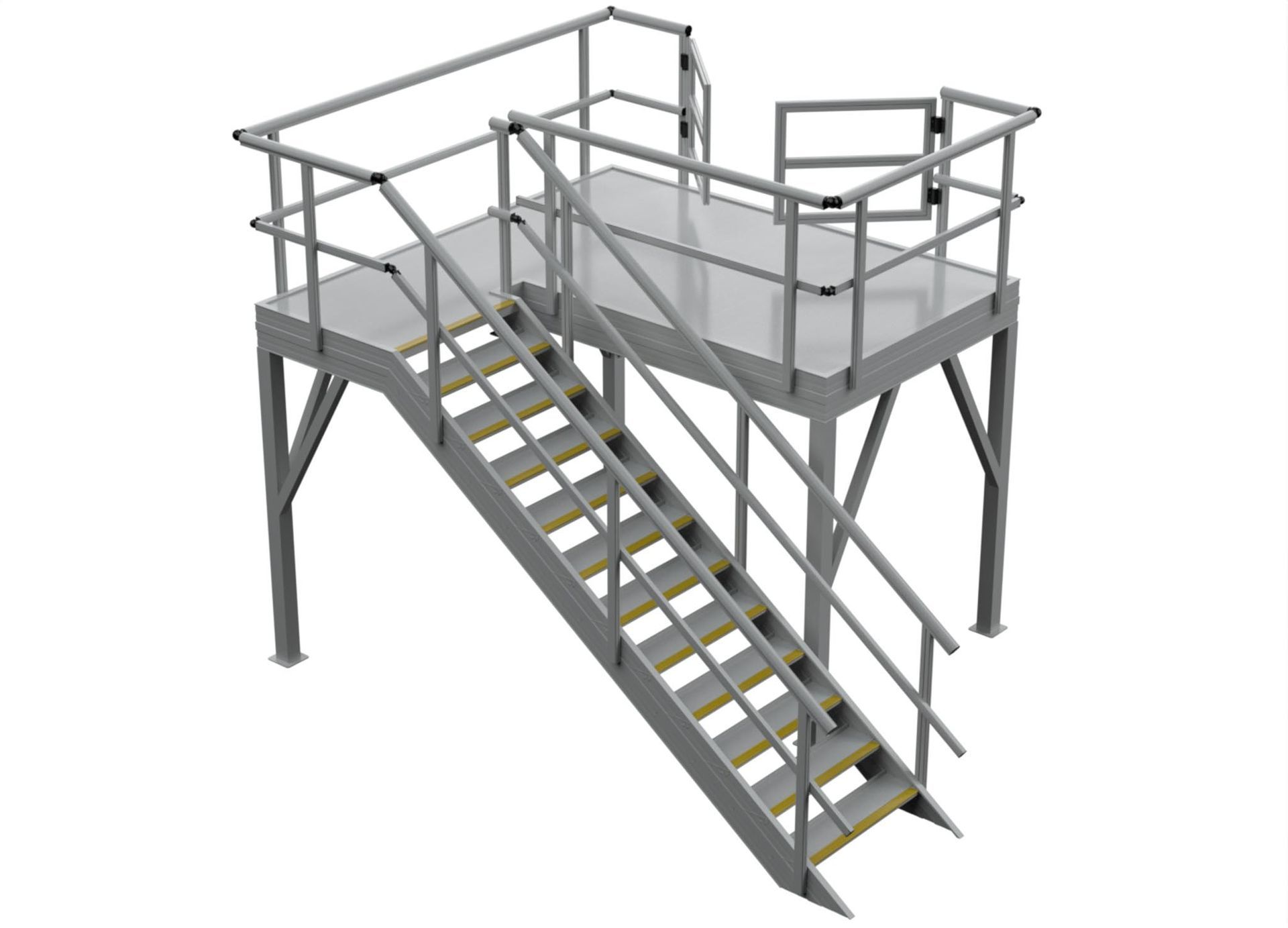
Modular Mezzanine Platforms
Expanding Space Without Major Construction
Custom mezzanine platforms allow you to maximise vertical space without extending your building footprint.
Designed and built in Australia, these modular systems integrate seamlessly with existing mezzanines and can adapt as your operations grow.
Benefits:
- Expand storage or production areas vertically
- Tailored platforms built to your workflow
- Safe, compliant access with minimal disruption
- Quick installation and long-term durability
Ladders vs. Stairs for Mezzanine Access
When should you choose a mezzanine ladder or attic ladder instead of stairs?
While mezzanine access platforms and walkways are the safest and most versatile choice for frequent use, some projects call for ladders instead.
Mezzanine ladders or attic ladders are a practical option when space is limited, access is occasional, or the mezzanine is used for light storage rather than daily operations.
As a manufacturer of mezzanine ladders, attic ladders, and access stairs, all 100% made and certified in Australia.
Safetylyne team can provide a height safety site audit to help you determine the right solution for your site and ensure it meets compliance standards.
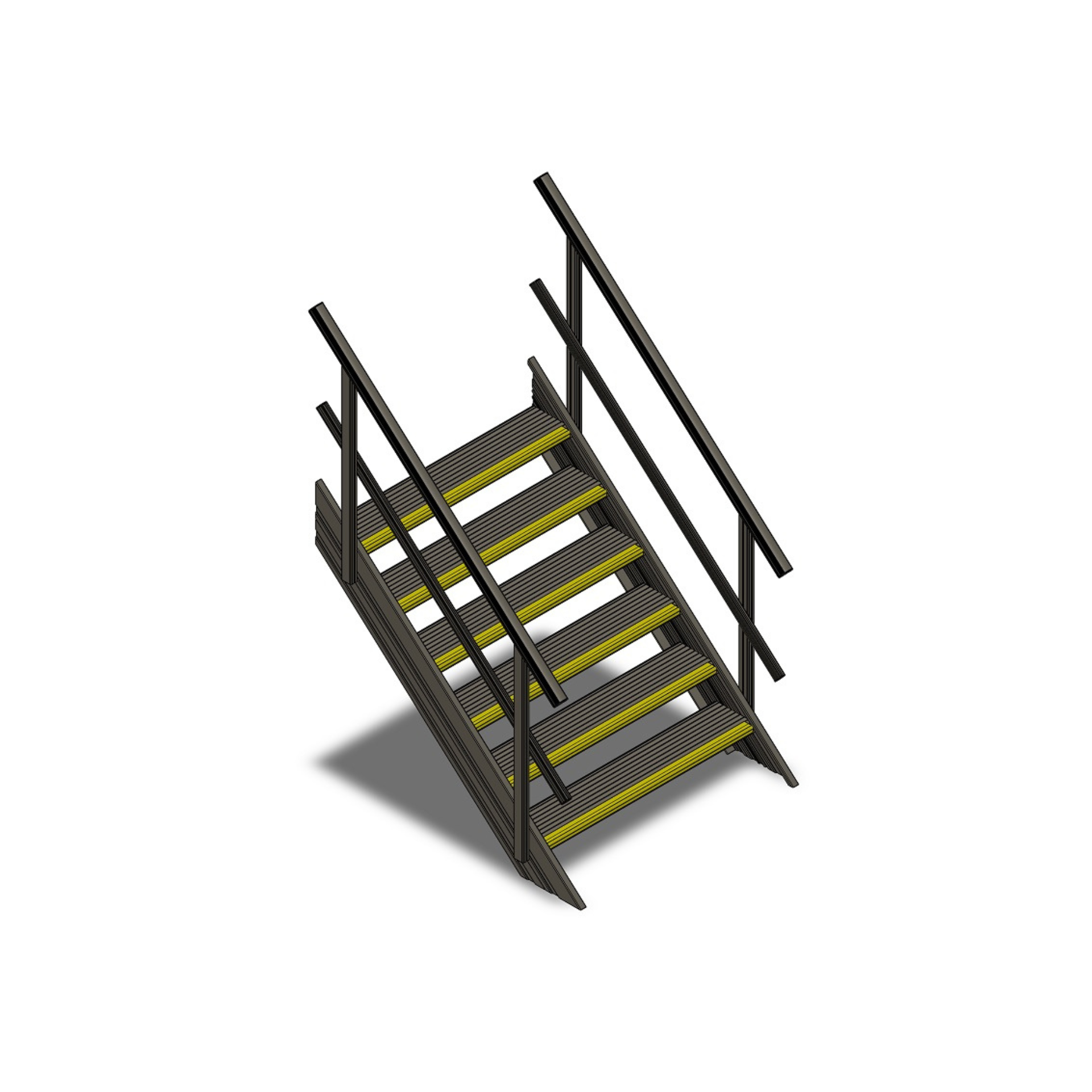
Mezzanine Access Compliance:
Australian Standards and Safety Requirements
All mezzanine access systems must meet key Australian safety standards to reduce the risk of falls and ensure long-term compliance.
The following regulations apply to fixed stairs, platforms, ladders, and elevated access pathways:
- AS 1657:2018 – Covers the design and installation of fixed platforms, walkways, stairs, and ladders for safe access and movement at height.
- WHS Regulations – Require risk management procedures for all work involving elevated areas, including mezzanines.
- AS/NZS 1891.4:2009 – Applies where personal fall arrest systems are used for vertical or restricted access.
Designing access in line with these standards not only ensures legal compliance - it also improves safety, reduces maintenance downtime, and supports efficient site operations.
CONTACT OUR TEAM OF ROOF SAFETY EXPERTS
